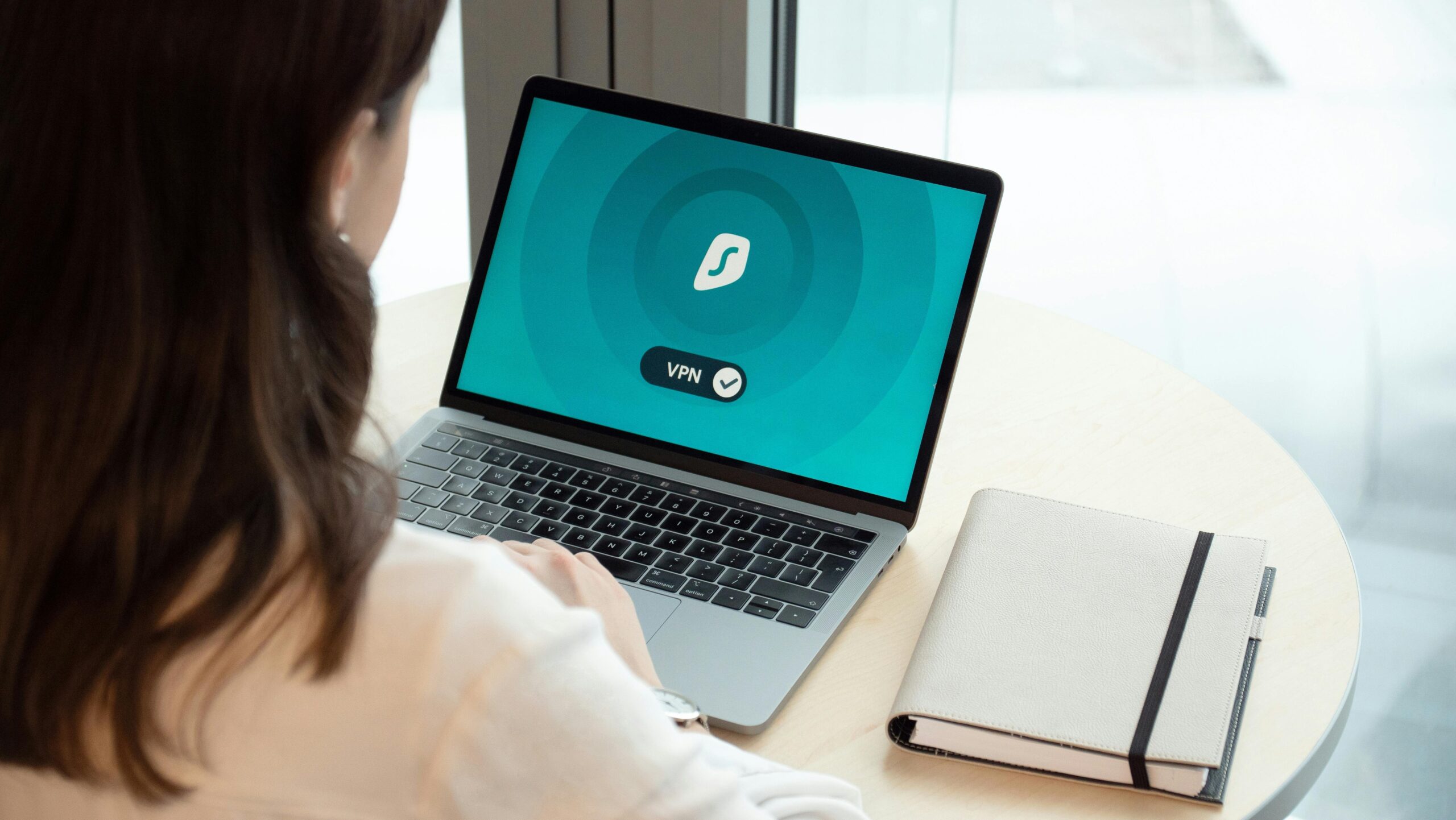“Ever wondered how your kidnap and ransom insurance handles payment security? Spoiler: It’s not just about paying the ransom.”
When it comes to personal finance, most of us think about credit cards, savings accounts, or even life insurance. But what about kidnap and ransom insurance? Yes, it’s a niche product, but for those who travel frequently to high-risk areas, it’s essential. The kicker? Without payment security protocols, your policy might leave you exposed during the worst moments of your life. In this guide, we’ll break down everything you need to know to stay protected.
Table of Contents
- Key Takeaways
- Why Payment Security is Non-Negotiable
- Step-by-Step Guide to Strengthening Your Policy
- Tips for Maximizing Protection
- Real-Life Case Study: What Went Right (and Wrong)
- Frequently Asked Questions
- Conclusion
Key Takeaways
- Payment security protocols are crucial for ensuring funds reach their intended recipients safely in high-stakes scenarios like kidnappings.
- Weak protocols can lead to intercepted payments, endangering both victims and insurers.
- You can enhance your policy by choosing an insurer with robust encryption standards and real-time verification systems.
- Beware of over-reliance on outdated methods like wire transfers without additional safeguards.
Why Payment Security is Non-Negotiable

Above: How encrypted transactions shield sensitive payment data from cyber threats.
Let me start with a confession—this one’s personal. A close friend of mine works internationally, often traveling through regions where kidnapping risks are alarmingly high. One day, while discussing his insurance options, he casually mentioned that “payment details” weren’t something he’d ever considered beyond basic coverage limits. I almost screamed into my coffee. Let’s talk about why ignoring payment security puts lives at risk:
- Hackers Love Chaos: In times of crisis, hackers exploit vulnerabilities. If your insurer uses weak protocols, they could intercept sensitive information like bank account details or ransom amounts.
- Digital Theft Compounds Real Danger: When payments go awry due to poor encryption, criminals may double-down on demands—or worse, harm hostages further.
- Cybersecurity Isn’t Optional Anymore: Modern-day ransom negotiations require advanced tech stacks. Anything less invites trouble.
Rant Time: Legacy Systems Are Terrible!
Some insurers still rely on old-school wire transfers with minimal oversight. Newsflash: That’s like using dial-up internet in 2024. Not only is it slow, but it’s also vulnerable to interception. And please, PLEASE don’t tell me fax machines are involved. I will lose all faith in humanity.
Step-by-Step Guide to Strengthening Your Policy
Step 1: Research Insurers with Advanced Encryption Standards
Look for companies that use AES-256 encryption or better. Ask questions such as:
- What encryption technologies do you employ?
- Do you offer multi-factor authentication for access?
Step 2: Ensure Real-Time Verification Processes
Real-time notifications ensure everyone involved knows exactly when and how much money has been transferred. This helps avoid confusion and delays.
Step 3: Check for Cyber Liability Coverage
A bonus feature some insurers provide is cyber liability coverage. While rare, it ensures protection against potential breaches related to digital communication.
Tips for Maximizing Protection

Above: Top 5 Tips for enhancing payment security within kidnap and ransom policies.
- Use blockchain-based solutions if available; these are tamper-proof ledgers ideal for secure transactions.
- Regularly update passwords and enable two-factor authentication wherever possible.
- Train yourself (and any designated contacts) on spotting phishing attempts targeting policyholders.
- Ask whether your insurer partners with private security firms specializing in kidnapping response.
- Review terms annually to adapt to evolving threats.
Real-Life Case Study: What Went Right (and Wrong)
Remember the 2019 incident involving a British executive held captive in Latin America? Thanks to their insurer’s modernized approach—including encrypted messaging apps and pre-verified intermediary channels—they managed to resolve the situation swiftly. Contrast this with another case earlier last decade where unsecured emails led to prolonged captivity. Lesson learned: Modern tools save lives.
Frequently Asked Questions
Q: How expensive is kidnap and ransom insurance?
A: Prices vary widely depending on risk factors, but premiums typically range from $500–$2,000 per person annually.
Q: Does standard health insurance cover kidnappings?
A: No, most health plans exclude situations involving criminal acts abroad.
Q: Can I negotiate specific payment terms?
A: Yes, reputable insurers allow customization based on client needs.
Conclusion
At the end of the day, payment security protocols aren’t just buzzwords—they’re lifelines. Investing in a solid kidnap and ransom policy backed by state-of-the-art technology ensures peace of mind in unpredictable circumstances.
So next time someone asks, “Is your money safe?” You can confidently say yes—if you’ve done your homework. Like a Game Boy cartridge, your financial safety net needs regular upgrades to keep working effectively. Ugh, fine—but only if coffee’s involved!
Final Haiku:
Secure paths await, But trust no weak link in chains— Only iron holds true.


